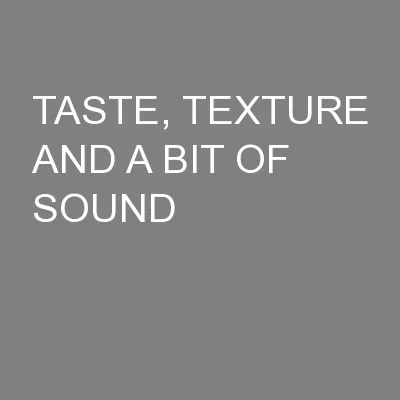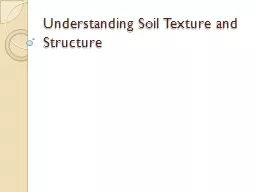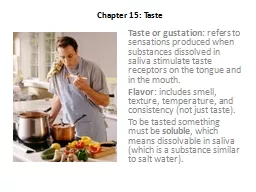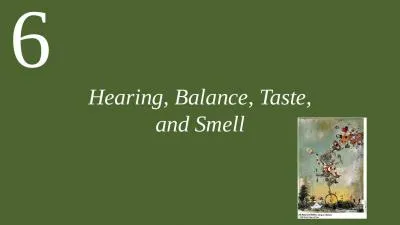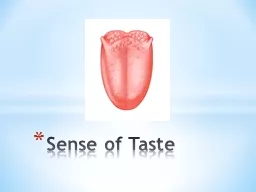PPT-TASTE, TEXTURE AND A BIT OF SOUND
Author : pamella-moone | Published Date : 2016-03-12
Scientists assign all food tastes to one of five broad categories Sweet Salty Bitter Sour and the newest fifth taste Umami Sweet and salty are the least sensitive
Presentation Embed Code
Download Presentation
Download Presentation The PPT/PDF document "TASTE, TEXTURE AND A BIT OF SOUND" is the property of its rightful owner. Permission is granted to download and print the materials on this website for personal, non-commercial use only, and to display it on your personal computer provided you do not modify the materials and that you retain all copyright notices contained in the materials. By downloading content from our website, you accept the terms of this agreement.
TASTE, TEXTURE AND A BIT OF SOUND: Transcript
Download Rules Of Document
"TASTE, TEXTURE AND A BIT OF SOUND"The content belongs to its owner. You may download and print it for personal use, without modification, and keep all copyright notices. By downloading, you agree to these terms.
Related Documents

